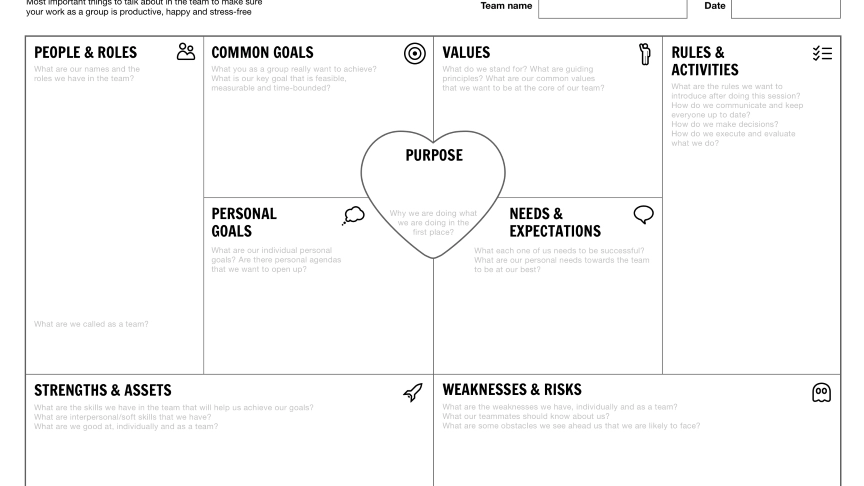The Power of Retrospectives in Change Management
The Power of Retrospectives in Change Management
Introduction
Changes in companies are nothing new. They happen. For a team, the uncertainty can mess with their heads and mood. It is, therefore, vital that the change is handled well.
What to do when change happens?
Understand the change yourselves
Company changes don't have an end date. These processes are woven into your team's daily work and culture. You'll need to get your head around the change when change hits your team.
Communicate the change with your team
When you completely understand the change for the company and your team. Get them all in one (virtual) room. At this moment, you communicate the changes that will be made by the company and what effect it has on the team.
Be clear in your communication. Explain what, why, and how it affects the team.
"I called this meeting because there is some bad news. Due to a hardware failure this night, the company lost its most important client. Our CEO now requires the company to have 24-hour standby for our infrastructure. This means we have to find a schedule to get his quota."
Take the opportunity to align with your team
So you've communicated the change. Now what? That is the perfect moment to have a team workshop around the change. One of my favorite kickoff workshops is the team canvas. In this workshop, the team gets themselves on the same page.

Hold regular check-ins
The kickoff will not be enough for the team to keep them on the same page. It is vital to keep checking in with the team members. Be it in a 1-on-1 or a group. In this post, we'll go over the group check-in. Group check-ins are perfect for a retrospective.
Retrospectives as a group check-in
During the retrospectives, the team members reflect on the previous period and how they can better adapt to the change. First, you'll need to set the focus point off the retrospective. It can be the change, although a broader approach is fine. You can look at the sailboat retrospective as the opener for a more general approach.
An example retrospective
Let's go further with the change given above. Some questions you can ask the team could be the following:
- How did the change affect me personally?
- What is good about the change?
- What is holding you back from performing at your best?
Reflect on the questions
Ask everybody to write and reflect on the questions in silence.
After they write down their answers, let them present them to the group if they feel like it - 2 minutes for each person, and only the person presenting talks to keep the meeting focused.
Decide on the focus point for the next discussions
After the last question, 'What is holding you back from performing at your best?' have them vote on what impediment is impacting them (3 votes/member). At the end of the vote, you'll have a prioritized list of impediments that could be resolved.
Write opportunity questions
With this list ordered by votes, it is time to write the challenges to opportunity questions, a.k.a. How Might We questions. For example, the most voted challenge could be:
The current schedule is not flexible enough to have a personal life.
You rewrite this phrase to:
How might we create a schedule that improves our personal life?
Brainstorm around the opportunities
This question can be brainstormed upon. Here, you can use the 10-for-10 exercise to brainstorm. After the 10-for-10 exercise, you have a prioritized list from the team with possible solutions to the challenge.
You could get more value from the given solutions with the effort impact scale. Maybe there is a solution that is low effort, high impact!
Something the team can implement directly. Or there could be a high effort, high impact. A future project to improve the team's work-life balance. Everything else that the team sees as low impact, just ignore that.
Conclusion
Using retrospectives through company change can help you create more alignment in the team.
The action points to improve their own future and valuable data for you as the manager about how the team feels and their biggest challenges.
Anyways, after a change in the company, it is crucial to have regular check-ins with the whole team. And don't neglect the 1-on-1s because some people need someone to talk to.

